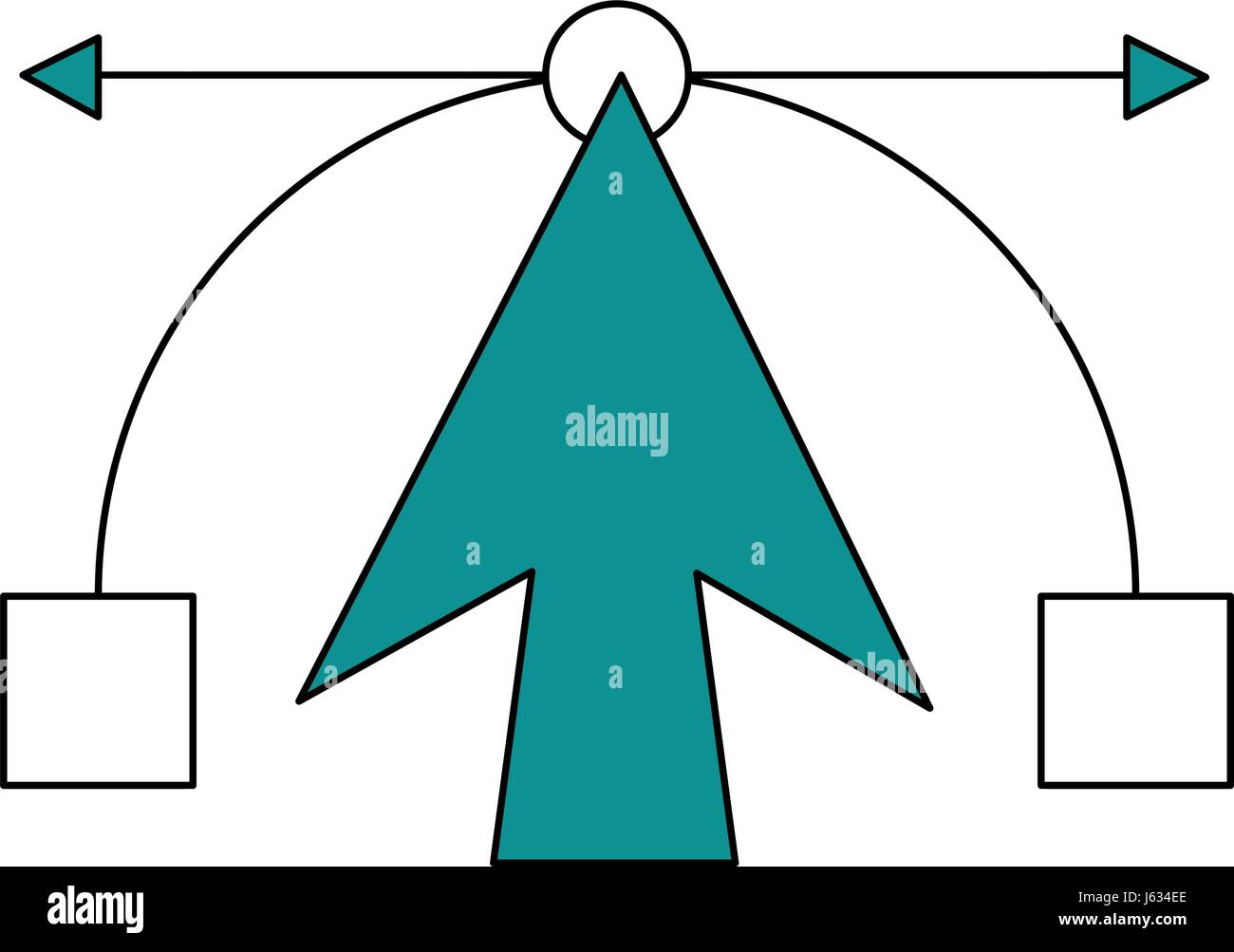

There are three clearly defined styles: the Doric order, found throughout Greece, Sicily and Italy the Ionic order, from Asia Minor, with examples in Greece and the more ornate Corinthian order, used initially only for interiors, becoming more widely used during the Hellenistic period from the 1st century BC onwards and used extensively by Roman architects.Įach ancient Greek temple was dedicated to a specific god within the pantheon and was used in part as a storehouse for votive offerings. Unlike a church, the interior space was not used as a meeting place, but held trophies and a large cult statue of the deity. The temple rises from a stepped base ( stylobate) which elevates the structure above the ground on which it stands. Early examples, such as the Temple of Zeus, Olympia, have two steps but the majority, like the Parthenon, have three, with the exceptional example of the Temple of Apollo, Didyma, having six. The core of the building is a masonry-built naos within which is a cella, a windowless room originally housing the statue of the god. The cella generally has a porch ( pronaos) before it, and perhaps a second chamber ( antenaos) serving as a treasury or repository for trophies and gifts. The chambers were lit by a single large doorway, fitted with a wrought iron grill. Purchased from the David Ghezelbash Gallery, Paris.Good condition.Īpulia, Magna Graecia, 4th BC.Ceramics with red figures.Provenance: private collection, Paris.Some rooms appear to have been illuminated by skylights.

Repair of large fragments, no new areas.Measurements: 25 cm (height). Width between the handles: 33.5 cm.Skyphos from Greek pottery workshops, dated to the 4th century BC. The body is decorated using the red-figure technique, with a full-length female figure flanked by large palmettes and borders.

This type of decoration, based on the effigy of a woman in profile, is known as 'beuty lady', a type of ornamentation that was very common in the decoration of Greek ceramics. As for the typology of the piece, the skyphos is a deep wine cup, with two handles and a low, wide base, or without a base.

The handles may be small and horizontal, projecting from the rim (in Corinthian and Athenian forms), or they may be in the form of a loop, placed on the rim or protruding from the base.The piece is decorated with the red-figure ware technique, which was one of the most important figurative styles in Greek ceramics. It was developed in Athens around 530 BC, and was used until the 3rd century BC. It replaced the previous predominant style of black-figure ware within a few decades. The technical basis was the same in both cases, but in the red figures the colouring is inverted, with the figures highlighted against a dark background, as if illuminated by a theatrical light, following a more natural scheme. Painters working with black figures were forced to keep the motifs well separated from each other and to limit the complexity of the illustration. The red-figure technique, on the other hand, allowed greater freedom. Each figure was silhouetted against a black background, allowing painters to portray anatomical details with greater accuracy and variety. Over time these decorations became more complex, incorporating numerous details in both black and white, which enhanced the narrative and decorative sense of the depictions.


 0 kommentar(er)
0 kommentar(er)
